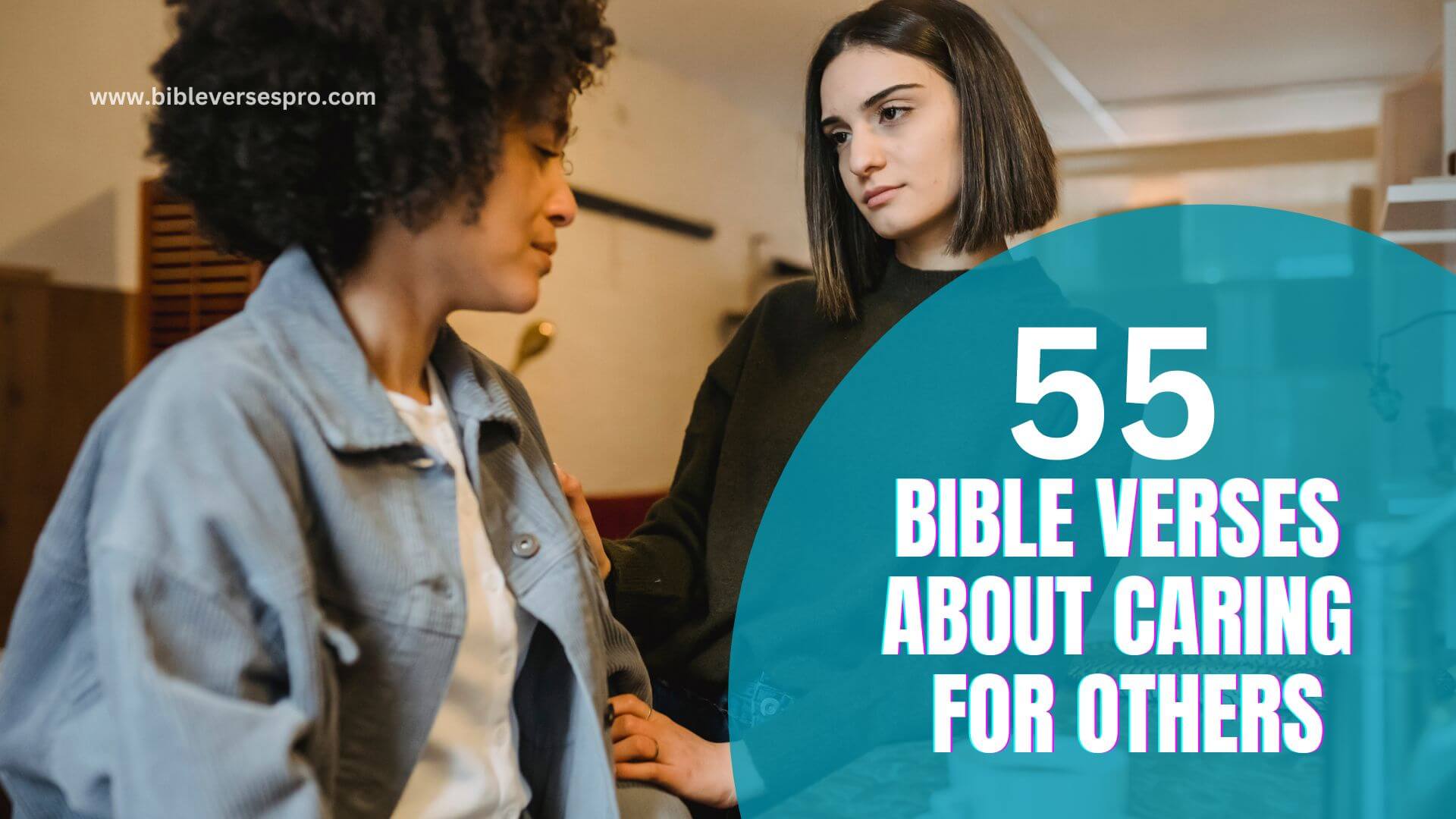Rahab, a woman of Jericho, holds a significant place in the biblical narrative. Though initially known as a harlot, her faith and courageous actions became a beacon of hope and redemption. Rahab’s story serves as a testament to the transformative power of faith in God.
In this exploration of Rahab’s life, we will delve into her intriguing journey from being a harlot in the city of Jericho to becoming a heroine in the lineage of Christ.
This remarkable transformation is a powerful testament to the redemptive and inclusive nature of God’s plan for humanity.
Let us embark on a journey to uncover the inspiring story of Rahab’s faith, courage, and ultimate redemption.
Rahab In The Bible
Rahab’s Life Before Transformation
A. Rahab’s profession as a harlot in Jericho
A. Rahab’s Profession as a Harlot in Jericho Rahab’s life before her transformation was marked by her profession as a harlot, a woman who offered her services in exchange for payment.
She lived in the city of Jericho, a place known for its moral corruption and paganism. Rahab’s occupation may have been a means of survival in a society where she faced economic and social challenges.
Despite her profession, Rahab’s story demonstrates that God’s grace and redemption are not limited by one’s past.
B. The context of Jericho and the Israelite spies’ visit
At the time, the Israelites, led by Joshua, were on the verge of entering the Promised Land, which included the city of Jericho.
Jericho was a fortified city, and its inhabitants were well aware of the Israelites’ impending arrival. In an act of desperation and faith, Rahab welcomed the Israelite spies into her home, hiding them from the authorities of Jericho.
This decision would prove to be a turning point not only for Rahab but also for the fate of Jericho.
C. Rahab’s faith in the God of Israel
When she harbored the Israelite spies, she expressed her belief in the power and authority of the God of Israel.
Rahab’s faith was grounded in the reports she had heard about the Israelites’ victories and the miraculous crossing of the Red Sea. She recognized that the God of Israel was the one true God, and she acknowledged His sovereignty.
Rahab’s faith led her to make a covenant with the spies, asking for protection for herself and her family when Jericho would eventually fall to the Israelites.
This demonstration of faith would ultimately lead to her transformation and redemption, as her life became intertwined with the unfolding plan of God.
Rahab’s story illustrates how faith can transcend one’s circumstances and pave the way for a new beginning.
Rahab’s Act of Faith and Courage
A. Rahab’s decision to hide the Israelite spies
Rahab’s Decision to Hide the Israelite Spies Rahab’s act of faith and courage began with her decision to hide the Israelite spies sent by Joshua to scout Jericho.
Despite the risks involved, Rahab welcomed these foreign men into her home, risking her own life to protect them.
This brave act revealed her willingness to defy the authorities of Jericho and trust in the God of Israel, whom she had come to believe in.
Rahab’s choice to shelter the spies was a pivotal moment that set in motion a series of events that would lead to her transformation.
B. Her confession of faith in God’s power and protection
Her Confession of Faith in God’s Power and Protection As Rahab hid the spies, she demonstrated her faith by confessing her belief in God’s power and protection.
In Joshua 2:9-11, Rahab spoke to the spies, saying, “I know that the Lord has given you the land, and that the fear of you has fallen upon us, and that all the inhabitants of the land melt away before you. For we have heard how the Lord dried up the water of the Red Sea before you when you came out of Egypt, and what you did to the two kings of the Amorites who were beyond the Jordan, to Sihon and Og, whom you devoted to destruction.”
Rahab’s confession affirmed her conviction that the God of Israel was the true and powerful God, and she sought His mercy and protection for herself and her family.
C. The scarlet cord as a symbol of salvation
The Scarlet Cord as a Symbol of Salvation Rahab’s faith was further demonstrated through the symbolism of the scarlet cord.
In a significant act, she let down a scarlet cord through her window, allowing the Israelite spies to escape safely from Jericho.
This scarlet cord became a symbol of salvation and redemption. Just as the blood of the Passover lamb protected the Israelites in Egypt, the scarlet cord signified Rahab’s trust in God’s salvation.
It was a visible declaration of her faith and an agreement with the spies to spare her and her family when Jericho was conquered.
Rahab’s act of faith and courage, along with her confession of faith in the God of Israel, marked the beginning of her transformation from a harlot to a heroine.
Her story serves as a powerful testament to the transformative power of faith and God’s grace, as well as a reminder that anyone, regardless of their past, can find redemption through trust in the Almighty.
Rahab’s Role in the Conquest of Jericho
A. The role of Rahab’s family in the conquest
The Role of Rahab’s Family in the Conquest Rahab’s act of faith not only saved her life but also the lives of her family members.
When the Israelites conquered Jericho, they spared Rahab and her household, as they had agreed. This demonstrates the significance of Rahab’s family in the conquest of Jericho.
Her family played a vital role in God’s plan, and their salvation was a direct result of Rahab’s faith and courage. It is a reminder that individual acts of faith can have a ripple effect, impacting not only the individual but also their loved ones.
B. Rahab and her family’s rescue during the fall of Jericho
Rahab and Her Family’s Rescue During the Fall of Jericho The fall of Jericho is a well-known event in the Bible, and Rahab and her family’s rescue during this momentous event is a testament to God’s faithfulness.
As the Israelites marched around the city walls, following God’s instructions, the walls of Jericho miraculously collapsed. Rahab and her family were safe within the walls of her house, marked by the scarlet cord, as the city crumbled around them.
This miraculous rescue underscored the importance of Rahab’s faith and the covenant she had made with the spies.
C. The fulfillment of Rahab’s faith and God’s promise
The Fulfillment of Rahab’s Faith and God’s Promise Rahab’s story is a powerful illustration of the fulfillment of both her faith and God’s promise.
Through her faith, she not only found protection and salvation for herself and her family but also became a part of the lineage of Christ.
Matthew 1:5 mentions Rahab as one of the ancestors of Jesus, highlighting how God used her transformed life to bring forth the Savior of the world.
This fulfillment of God’s promise to Rahab emphasizes His faithfulness to those who trust in Him and His ability to redeem and use even the most unlikely individuals for His divine purposes.
Rahab’s role in the conquest of Jericho showcases the interconnectedness of faith, salvation, and God’s plan.
Her transformation from a harlot to a heroine is a remarkable testament to the redemptive power of faith and the inclusion of unlikely individuals in God’s divine narrative.
Rahab’s Transformation and Marriage to Salmon
A. Rahab’s integration into the Israelite community
Rahab’s Integration into the Israelite Community After the fall of Jericho and her rescue, Rahab was integrated into the Israelite community. She transitioned from a life as a harlot in Jericho to becoming a part of the people of God.
This integration is a testament to the transformative power of faith and the welcoming nature of the Israelites, who recognized her faith and the divine protection she had received. Rahab’s journey from an outsider to an insider in the community is a reflection of the inclusivity of God’s plan for His people.
B. Her marriage to Salmon and the birth of Boaz
Her Marriage to Salmon and the Birth of Boaz Rahab’s integration into the Israelite community led to a significant event in her life – her marriage to a man named Salmon. This union resulted in the birth of a son named Boaz.
Boaz would later become a prominent figure in the Bible, known for his role in the story of Ruth and his part in the lineage of King David.
Rahab’s marriage to Salmon and the birth of Boaz were pivotal moments that further solidified her place in the lineage of Christ. This demonstrates how God can use the most unexpected individuals to play crucial roles in His divine plan.
C. The significance of Rahab’s inclusion in the lineage of Christ
The Significance of Rahab’s Inclusion in the Lineage of Christ Perhaps one of the most remarkable aspects of Rahab’s story is her inclusion in the lineage of Christ, as mentioned in the Gospel of Matthew.
She is listed among the ancestors of Jesus, which is a profound testament to God’s grace and His willingness to embrace individuals from diverse backgrounds into His redemptive story.
Rahab’s transformation from a harlot to a woman of faith and her subsequent inclusion in the lineage of the Messiah highlight God’s ability to redeem and use anyone who places their trust in Him.
Rahab’s transformation and her marriage to Salmon, leading to the birth of Boaz, are significant chapters in her remarkable journey from a harlot to a heroine.
Her inclusion in the lineage of Christ serves as a powerful reminder of God’s redemptive plan and His willingness to embrace those who turn to Him in faith.
Rahab’s story is a testament to the transformative power of God’s grace and the inclusion of unlikely individuals in His divine narrative.
Rahab’s Legacy and Spiritual Significance
A. The lessons we can learn from Rahab’s transformation
The Lessons We Can Learn from Rahab’s Transformation Rahab’s transformation from a harlot to a woman of faith provides us with valuable lessons.
First and foremost, her story teaches us about the boundless nature of God’s grace and His willingness to forgive and redeem even the most unlikely individuals.
Rahab’s faith, as demonstrated through her actions, serves as a model for us to trust in God’s promises and take bold steps in obedience.
Her courage and risk-taking also teach us that faith often requires us to step out of our comfort zones and into the unknown, trusting that God is in control.
Rahab’s journey reminds us that our past does not define our future, and through faith and repentance, we can experience transformation and become instruments in God’s divine plan.
B. Rahab’s mention in the New Testament
Rahab’s Mention in the New Testament Rahab’s significance in the Bible extends beyond the Old Testament. She is mentioned in the New Testament, particularly in the book of Matthew.
In Matthew’s genealogy of Jesus, Rahab is listed as one of the ancestors of the Messiah. This inclusion emphasizes the continuity of God’s redemptive plan throughout history and highlights the idea that Jesus came not only to fulfill the law but to embrace and redeem sinners.
Rahab’s presence in the lineage of Christ underscores the importance of faith and the universality of God’s salvation.
C. Rahab’s enduring impact on the biblical narrative and our faith
Rahab’s Enduring Impact on the Biblical Narrative and Our Faith Rahab’s story continues to have a profound impact on the biblical narrative and our faith today.
Her journey from a marginalized outsider to a revered figure in the lineage of Christ symbolizes the inclusivity of God’s kingdom.
Her faith-filled actions during the conquest of Jericho serve as a reminder that God often chooses the weak and the unlikely to accomplish His purposes.
Rahab’s legacy encourages us to have faith in God’s promises, to be courageous in our obedience, and to trust in His redemptive power.
Her story also reminds us that God can use our past, no matter how flawed, to shape our future and make us part of His divine plan. Rahab’s legacy is a testament to the transformative power of faith and God’s grace.
Her mention in the New Testament and her enduring impact on the biblical narrative emphasizes the universal nature of God’s salvation and the importance of faith in His redemptive plan.
Rahab’s story continues to inspire and encourage believers to trust in God’s promises, step out in faith, and embrace the transformation He offers to all who turn to Him.
Frequently Asked Questions
1. Why is Rahab referred to as a harlot in the Bible?
Rahab’s occupation as a harlot is mentioned in the Bible to highlight the transformative power of faith and God’s ability to work through people from diverse backgrounds. It serves as a reminder that no one is beyond God’s grace.
2. What is the significance of the scarlet cord in Rahab’s story?
The scarlet cord symbolizes both Rahab’s faith and the redemptive power of God. It serves as a tangible reminder of God’s promise of salvation and the importance of faith in action.
3. How does Rahab’s inclusion in the genealogy of Christ impact our understanding of God’s redemptive plan?
Rahab’s inclusion in the genealogy of Jesus Christ underscores God’s ability to use imperfect individuals for His perfect will. It emphasizes the theme of redemption and the all-encompassing nature of God’s love and mercy.
Conclusion
The story of Rahab in the Bible is a narrative of faith, redemption, and the transformative power of God’s grace.
Her unlikely background, courageous encounter with the spies, covenant of salvation, role in the conquest of Jericho, and inclusion in the genealogy of Christ all contribute to a powerful testimony of God’s love and mercy.
Rahab’s story challenges us to look beyond outward appearances and circumstances and recognize the potential for faith and redemption in every individual.
It teaches us that God’s grace knows no bounds and that His redemptive plan can touch the most unexpected lives.







